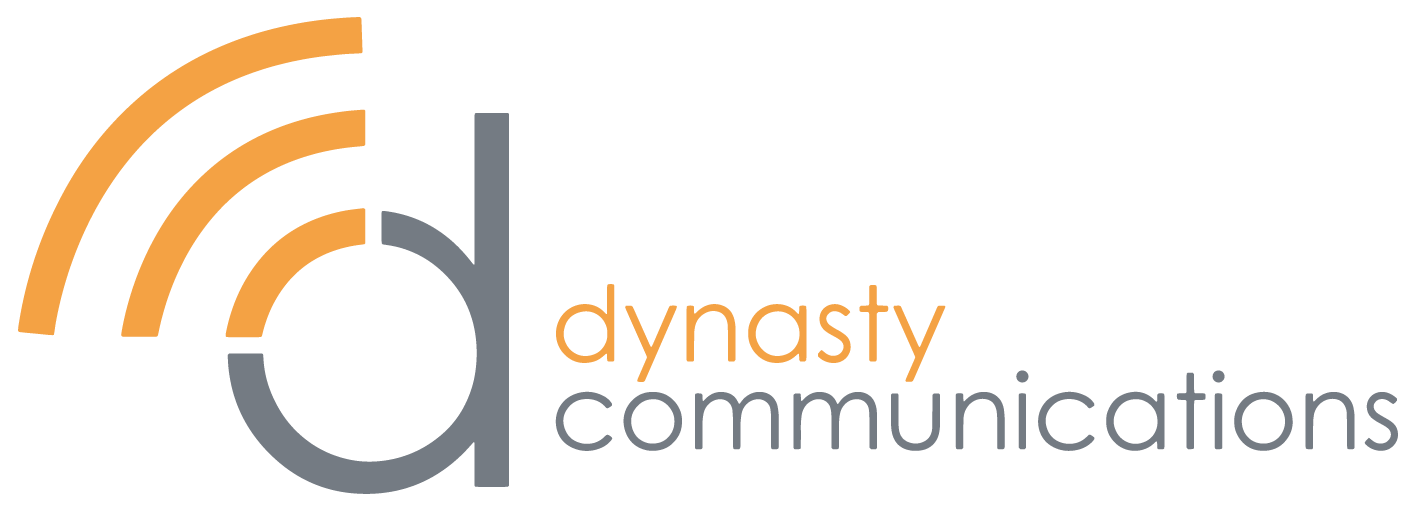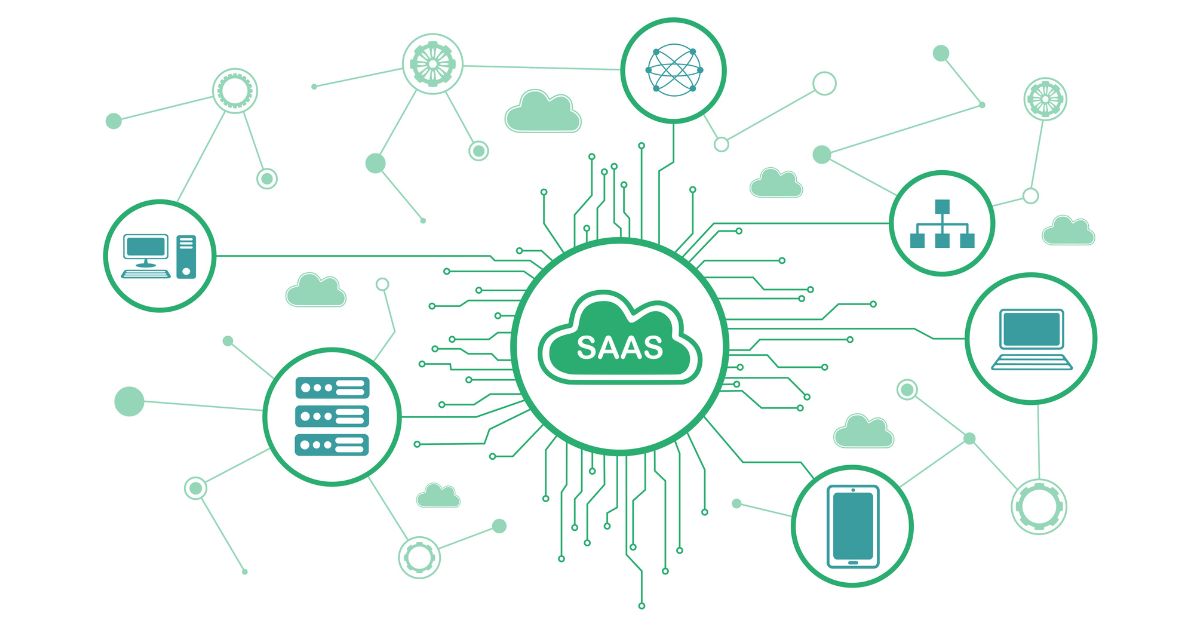SaaS Management refers to the business function that actively monitors and manages software-as-a-service application purchases, onboarding rollouts, license renewals, and replacement boardings across a company’s technology stack.
It is a response to the specific characteristics of SaaS applications in business settings. It’s fast becoming a niche for IT, Procurement, and business managers.
Moreover, start on a transformative digital journey with our cutting-edge SaaS development services, designed to raise the bar for efficiency and creativity in your company.
In this guide, we’ll delve into the world of SaaS management, breaking down the concept and its importance and providing practical tips for businesses to navigate this evolving landscape.
Understanding SaaS
Essentially, Software as a Service is described as the provision of software applications through internet connections instead of requiring users to download copies onto their local computers and install them on various devices. Instead, users can access these managed SaaS applications through a web browser, paying for the service on a subscription basis. This model is becoming more and more popular because of its scalability, cost-effectiveness, and capacity to update and patch immediately.
Importance of SaaS Management
As businesses integrate various SaaS applications into their daily operations, managing these applications becomes crucial for several reasons:
Cost Optimization
Efficient SaaS management helps businesses monitor and control their software expenses. Organizations can optimize their spending and avoid unnecessary costs by understanding usage patterns and identifying underutilized subscriptions.
Security and Compliance
It is crucial to ensure that sensitive data is secure. SaaS management tools provide insights into user access, data sharing, and compliance with industry regulations. This helps businesses enforce security policies and mitigate potential risks.
Performance Monitoring
Managed SaaS applications are only valuable if they perform optimally. Monitoring their performance enables businesses to identify and address issues promptly, ensuring a seamless user experience.
User Productivity
Understanding how employees interact with SaaS applications allows organizations to enhance user productivity. Tailoring the software stack to meet specific business needs and providing relevant training contributes to a more efficient workforce.
License Management
Many SaaS applications come with licensing agreements that organizations must adhere to. Effective SaaS management platform ensures compliance with these agreements, preventing legal issues and potential disruptions to operations.
Components of SaaS SystemManagement
To successfully manage SaaS applications, businesses should focus on key components that contribute to an effective SaaS management strategy:
Discovery and Inventory
The first step is to identify all the SaaS applications in use across the organization. This involves creating a comprehensive inventory that includes details such as subscription costs, user licenses, and renewal dates.
User Access and Permissions
Managing user access is crucial for security. A SaaS management platform and tools allow businesses to control who has access to specific applications and what level of permissions they have. Regularly reviewing and updating user access ensures a secure environment.
Usage Analytics
Understanding how employees use SaaS applications provides valuable insights. Analyzing usage patterns helps businesses identify trends, optimize resources, and make informed decisions about software investments.
Cost Tracking and Optimization
SaaS systems management involves tracking expenses associated with each application. This includes subscription costs, additional features, and any hidden fees. Optimizing costs involves identifying unused or redundant subscriptions and negotiating better deals with vendors.
Security and Compliance Monitoring
SaaS applications often handle sensitive data, making security a top priority. Monitoring for compliance with industry regulations and internal security policies is essential. This includes encryption standards, data access controls, and regular security audits.
Practical Tips for SaaS Management
Now that we’ve explored the significance and components of SaaS management software, here are some practical tips for businesses to implement an effective strategy:
Conduct Regular Audits
Periodically audit your SaaS inventory to ensure it aligns with your business goals. Remove any redundant or unused applications and reassess the necessity of existing subscriptions. It is important to keep your SaaS inventory up-to-date and relevant to your business needs.
By conducting regular audits, you can identify any unnecessary or redundant applications that may be taking up valuable resources and costing you money. Additionally, reassessing the necessity of existing subscriptions can help you optimize your expenses and ensure that you are only paying for what you really need.
Educate Employees
Providing employees with training on SaaS applications fosters a better understanding of their features and functionalities. This, in turn, enhances user productivity and reduces the likelihood of security incidents. Frequent training sessions can also assist staff members in staying current on new features and software updates.
This ensures that they are making the most out of the software and using it to its full potential. In addition, by educating employees on best security practices, they become more aware of the risks associated with handling sensitive information and are better equipped to prevent potential security breaches.
Implement Single Sign-On (SSO)
Simplify user access management by implementing Single Sign-On solutions. SSO enhances security, reduces the burden of multiple passwords, and streamlines the onboarding and offboarding process for employees. In addition to the previously listed advantages, Single Sign-On solutions enhance user experience by giving users the ability to log into several applications using only one set of login credentials.
Furthermore, it simplifies the IT SaaS administration process by reducing the need for manual password resets and account management. With SSO, organizations can also enforce stronger password policies and customize access levels for different user groups, ensuring better control over data security.
Collaborate with IT and Procurement
Foster collaboration between IT, procurement, and other relevant departments to create a cohesive approach to SaaS management. This ensures that decisions about software purchases align with overall business objectives and budget constraints.
As well as ensuring that software purchases are in line with business goals and budget limitations, collaboration between IT and procurement can also help make sure the organization is using the best type of software for its needs. Procurement and IT can together evaluate software options based on features, security, and scalability, and select the best solutions that align with the requirements of a company.
Invest in SaaS Management Tools
Consider using specialized SaaS management software or tools to automate and streamline various aspects of SaaS management. These tools often provide insights into usage analytics, cost optimization opportunities, and security monitoring.
SaaS management tools can help you manage user access and permissions, track license usage, and monitor compliance with regulatory requirements. By making an investment in these solutions, you may maximize your SaaS cost, protect the confidentiality of your company’s data, and save time and manual errors.
Monitor License Compliance
Regularly review software licenses to ensure compliance with vendor agreements. This prevents potential legal issues and ensures the organization gets the most value from its software investments. You should keep track of any license renewals or updates.
This helps to avoid any unexpected costs or disruptions in service. It’s also a good idea to establish clear policies and procedures for software procurement and usage within the organization.
Stay Informed About Updates
SaaS applications frequently release updates with new features, security patches, and performance improvements. To take advantage of the most recent improvements and security precautions, keep yourself updated on these upgrades and apply them right away.
Last but Not Least
Effective SaaS management is a crucial element for success in the dynamic landscape of modern business. By understanding the components of SaaS management and implementing practical tips, organizations can optimize costs, enhance security, and ensure that their software applications contribute positively to overall productivity.
On the other hand, explore a comprehensive guide on SaaS pricing models, uncovering the most effective strategies to align your software costs with your business goals for optimal financial efficiency.
Businesses are still adopting Software as a Service because of its benefits. In the digital age, a proactive approach to SaaS management is becoming more and more important for long-term success.

